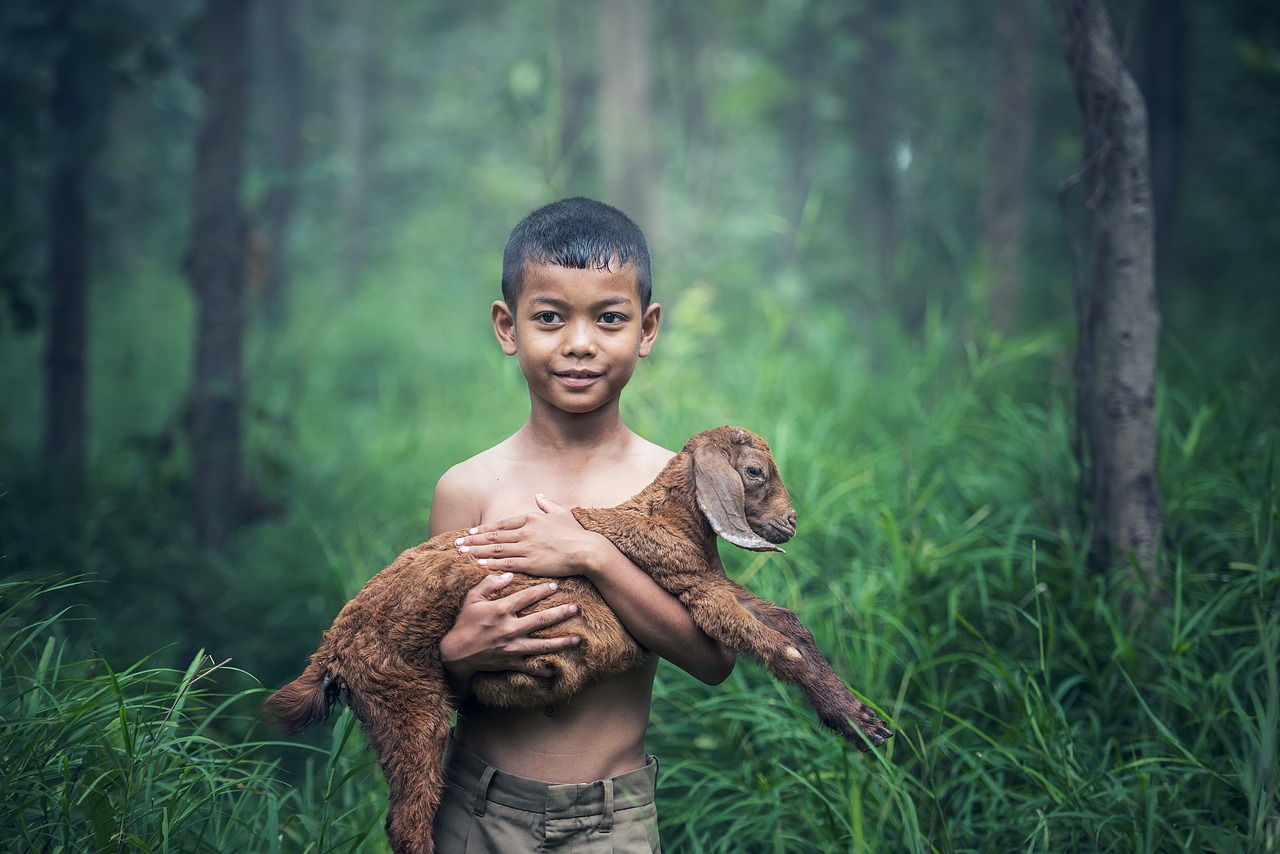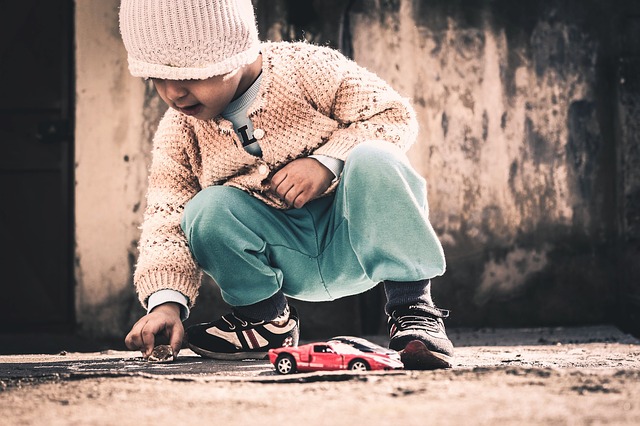Ways to Educate Your Children About Animals

As parents, we all want our kids to appreciate the incredible diversity of wildlife that inhabits our planet. By fostering a love for animals from an early age, we instill important values of compassion and respect for nature and encourage curiosity and a thirst for knowledge. In this article, we will share some exciting methods you can use to make learning about animals an enjoyable experience for your little ones. So, let’s dive right in and embark on an educational adventure together.
Visit Zoos or Wildlife Sanctuaries
 One of the most immersive ways to educate children about animals is by taking them on a visit to zoos or wildlife sanctuaries. These places offer a unique opportunity for kids to observe animals up close and personal, allowing them to witness their natural behaviors and habitats. You can find different animals there, from the smallest to the biggest, like the elephant. If you are fond of them, read some elephant facts.
One of the most immersive ways to educate children about animals is by taking them on a visit to zoos or wildlife sanctuaries. These places offer a unique opportunity for kids to observe animals up close and personal, allowing them to witness their natural behaviors and habitats. You can find different animals there, from the smallest to the biggest, like the elephant. If you are fond of them, read some elephant facts.
As you stroll through the zoo or sanctuary, please encourage your children to ask questions about the different species they encounter. Engage in interactive discussions and provide interesting facts about each animal’s characteristics, diet, and survival techniques. Many zoos also offer educational programs tailored specifically for kids.
Read Books
 Books can transport us to different worlds and teach us valuable lessons. When it comes to educating children about animals, books can be a fantastic resource. Countless books are available that are both educational and engaging for young readers. Children’s picture books often feature beautiful illustrations on the pages that bring animals to life. These visual aids help captivate their attention and spark their curiosity about various animal species.
Books can transport us to different worlds and teach us valuable lessons. When it comes to educating children about animals, books can be a fantastic resource. Countless books are available that are both educational and engaging for young readers. Children’s picture books often feature beautiful illustrations on the pages that bring animals to life. These visual aids help captivate their attention and spark their curiosity about various animal species.
Whether it’s a book about farm animals or exotic creatures from distant lands, reading allows children to explore the animal kingdom’s diversity from the comfort of their own homes.
Nature Documentaries
One fantastic way to educate your children about animals is through nature documentaries. These captivating films offer a window into the animal kingdom, showcasing the wonders of wildlife in their natural habitats. Documentaries provide an immersive experience where kids can observe animals up close without disturbing them. They learn about different species, behaviors, and environments through stunning visuals and expert narration. Whether exploring coral reefs or venturing deep into the African savannah, nature documentaries take children on exciting journeys worldwide. They can witness majestic lions hunting for prey, marvel at the acrobatic movements of dolphins, or discover incredible adaptations made by creatures living in extreme conditions.

Outdoor Exploration
The most exciting and hands-on way to educate your children about animals is through outdoor exploration. There is something truly magical about being in nature and observing wildlife in their natural habitats. Take your kids on hikes or nature walks where they can encounter different animals, birds, and insects. Please encourage them to observe quietly and take note of any interesting behaviors or patterns they notice. This will enhance their knowledge and instill a sense of appreciation for the diverse creatures that share our planet. Another great activity is birdwatching. Set up a small bird feeder in your backyard or visit local parks known for their avian population.
Remember that educating children about animals is not just about teaching facts; it is about nurturing their connection with nature and fostering a lifelong passion for wildlife conservation. And who knows — maybe one day they’ll be inspired to become future scientists or advocates for animal welfare. By taking these steps now, you’re helping shape compassionate individuals who understand the importance of caring for our planet and all its inhabitants. So, let’s embark on this educational journey together as we explore the fascinating world of animals alongside our little ones.…



 Unmasking the teenager is at an early age, and your children give him the power to build a foundation and develop his ideas about toys to the point of reasoning. Assessment tools and building blocks help strengthen a child’s ability to correct mistakes and solve problems. It is never too early to develop a more feasible way of thinking about math in your child’s life! Count toys to discover how contours are resources and stimuli.
Unmasking the teenager is at an early age, and your children give him the power to build a foundation and develop his ideas about toys to the point of reasoning. Assessment tools and building blocks help strengthen a child’s ability to correct mistakes and solve problems. It is never too early to develop a more feasible way of thinking about math in your child’s life! Count toys to discover how contours are resources and stimuli.
 At six months, a baby becomes aware of what is happening around. They will start crawling, recognizing people and things they touch. It is at this phase that the baby learns finer motor skills and manipulating their fingers. You will see them pick stuff and bang against others. At this stage, you should buy toys of different shapes, colors, sounds and sizes. The toys should help the baby build up abilities and discover more.
At six months, a baby becomes aware of what is happening around. They will start crawling, recognizing people and things they touch. It is at this phase that the baby learns finer motor skills and manipulating their fingers. You will see them pick stuff and bang against others. At this stage, you should buy toys of different shapes, colors, sounds and sizes. The toys should help the baby build up abilities and discover more. If you are buying a toy for six months or two-year-old baby, the key thing is to buy toys that fit their development stage. When shopping for toys whether online or in the physical stores, it is important to check the age brackets on the packaging. This will help you select the most appropriate toys. With the above said, begin to search for toys that excite your kids, those that teach them new things and gives a new playing experience. Toys should not only be fun but should be inspiring and educational. You can take your children for a play date to your friend’s house. This way they learn more games, see new toys and will learn on sharing, especially if they do not have siblings yet.…
If you are buying a toy for six months or two-year-old baby, the key thing is to buy toys that fit their development stage. When shopping for toys whether online or in the physical stores, it is important to check the age brackets on the packaging. This will help you select the most appropriate toys. With the above said, begin to search for toys that excite your kids, those that teach them new things and gives a new playing experience. Toys should not only be fun but should be inspiring and educational. You can take your children for a play date to your friend’s house. This way they learn more games, see new toys and will learn on sharing, especially if they do not have siblings yet.…
